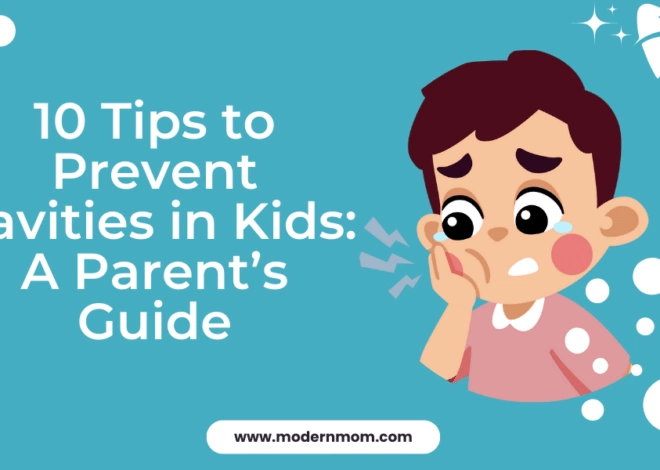Scoliosis in Infants
Although you may think that scoliosis, a curve in the spine, is a condition that affects children as they enter their teenage years, it can also affect younger children and infants. If a baby is born with the condition, it is known as congenital scoliosis. Scoliosis that develops before the child turns 3 is called infantile scoliosis.
Infantile Scoliosis
The cause of infantile scoliosis is unknown, or idiopathic. Like idiopathic scoliosis in older children, infantile scoliosis will usually not require much treatment aside from observation. Symptoms of the condition include a spine that curves in either an “S” or “C” shape, according to the Morgan Stanley Children’s Hospital. Fortunately, occurrences of infantile scoliosis are extremely rare and makes up less than 1 percent of all scoliosis cases. Unlike idiopathic scoliosis that affects older children, boys are more likely to have infantile scoliosis than girls.
Congenital Scoliosis
A baby with congenital scoliosis was born with the condition. A malformation of the vertebrae usually causes cases of congenital scoliosis. Hemivertebrae, meaning only half of the spine has formed, is the most common defect, according to the National Scoliosis Foundation. Another common defect that causes scoliosis is called “error of segmentation.” If a child’s spine has error of segmentation, several vertebrae have refused to separate and are instead fused together on one side of the spine.
Diagnosing Scoliosis In Infants
Infantile or congenital scoliosis is commonly diagnosed during a routine doctor’s visit. If congenital scoliosis is suspected, your infant will have to undergo a series of examinations to make sure he does not have other congenital problems, such as a heart murmur or kidney problems, according to Morgan Stanley Children’s Hospital. He will usually undergo a neurological examination to make sure he does not have other spinal problems. Imaging such as X-rays determine the degree of the curve in the spine while an MRI will determine the cause of the scoliosis.
Treatment
In some cases, observing an infant to make sure the scoliosis does not worsen is all the treatment needed, especially if the spinal curve is mild. Spinal surgery is another treatment option, but it can be tricky, as the child is still growing. The surgeon may need to insert a growing rod in the child’s back so that he can continue to grow without difficulties. Infantile scoliosis may be treated with a back brace or body cast. Braces are usually not effective for congenital scoliosis, according to the Morgan Stanley Children’s Hospital.
Risks and Concerns
While most cases of infantile scoliosis are nothing to worry about, some cases can be particularly concerning. The need for surgery can cause stress for both you and your infant, as can frequent visits to the doctor for observation and imaging. Fortunately, though, once the surgeries and observation are over, your child will most likely go on to live a healthy, relatively normal life.




